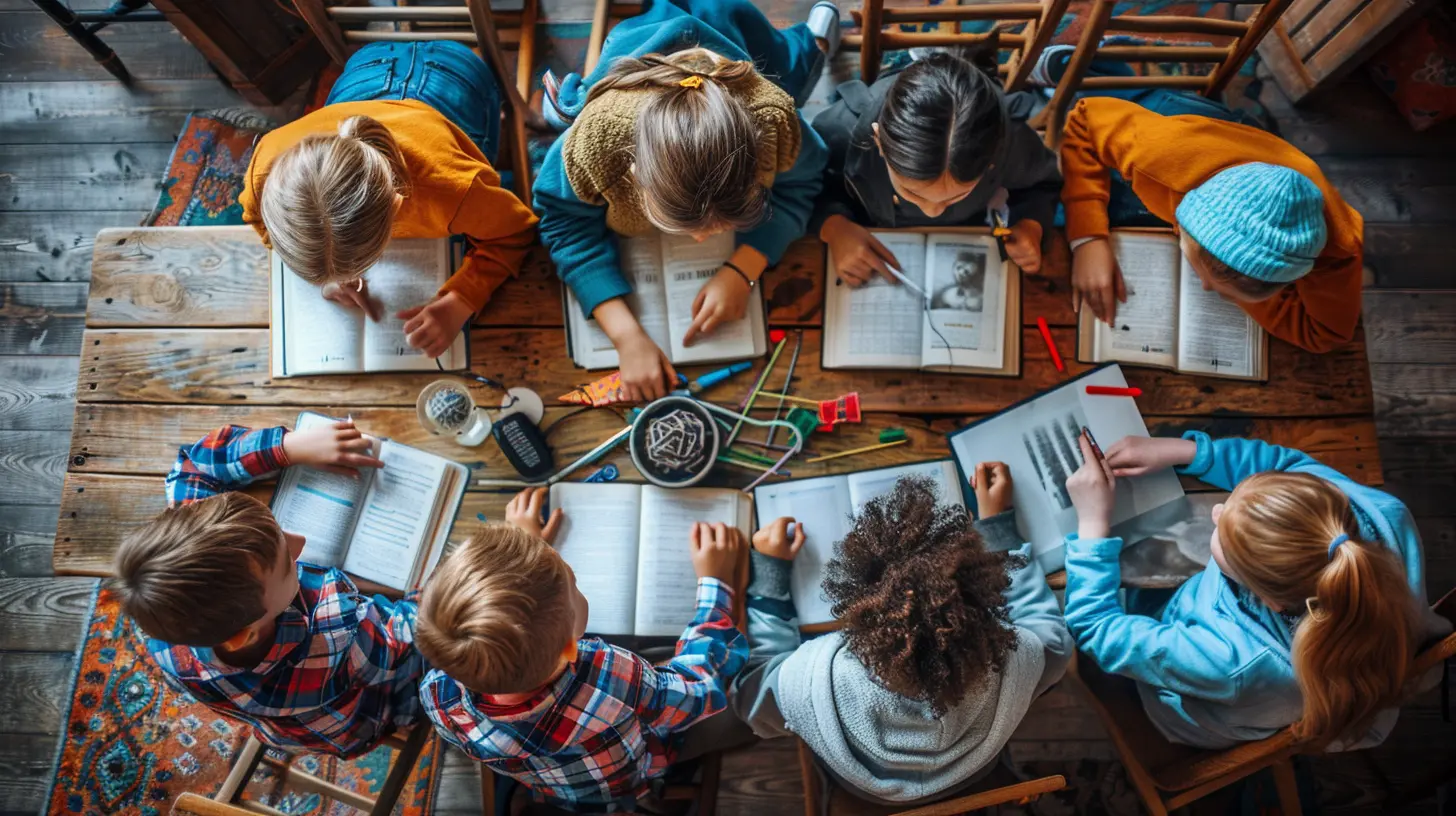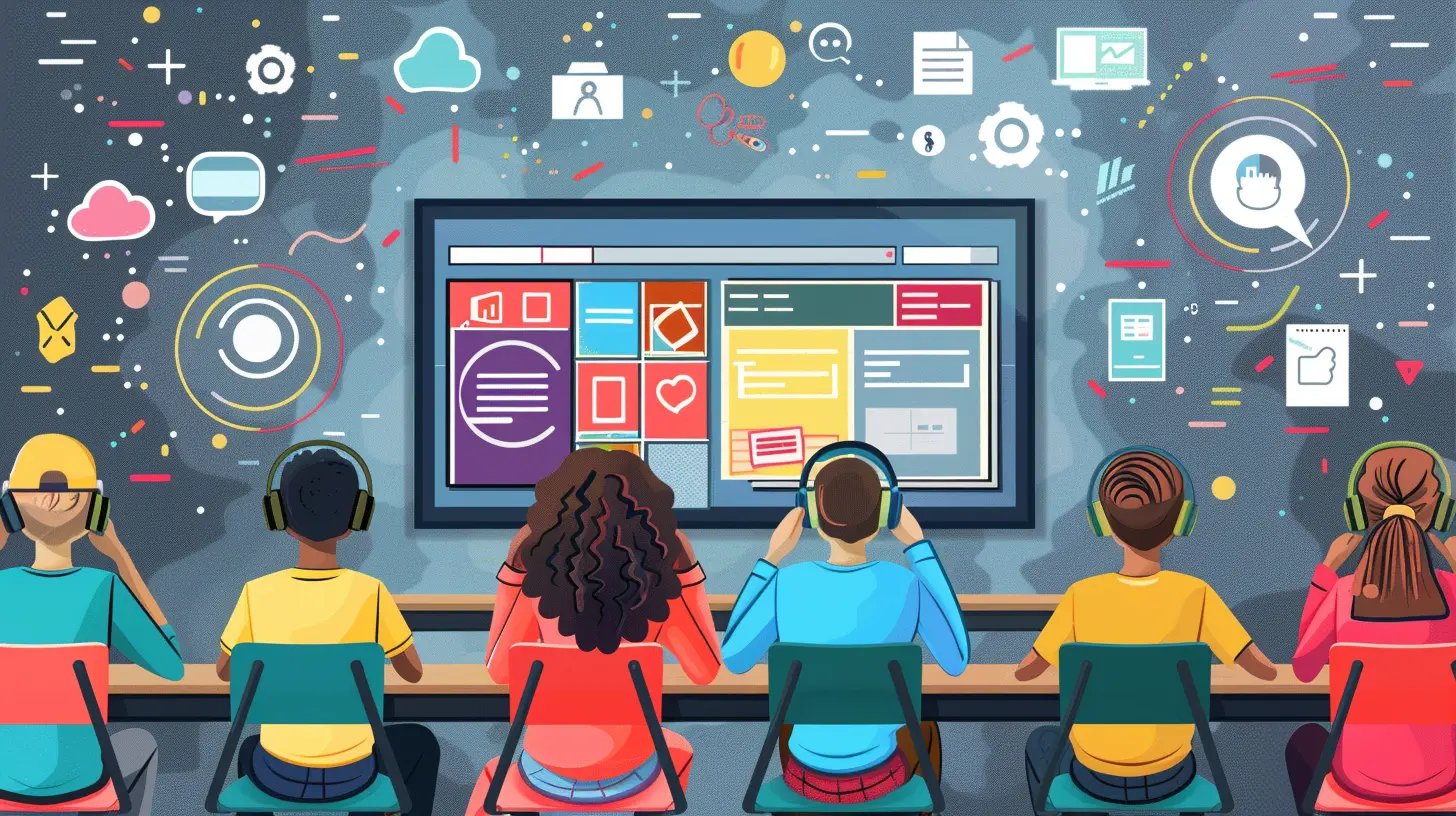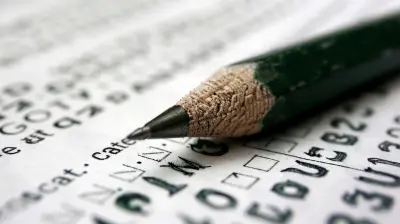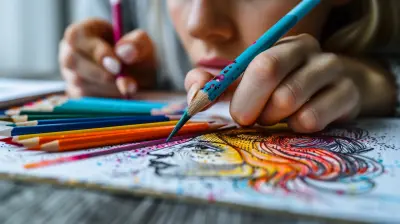Flipped Classroom: Redefining Homework and Classwork
8 August 2025
Let’s face it—traditional classrooms with chalk-and-talk teaching just don’t cut it anymore for many students. In a world dominated by smartphones, TikTok, and YouTube, it’s time we rethink how we deliver education. Enter the flipped classroom—a refreshing twist on the age-old classroom model that’s turning homework on its head and breathing new life into how we learn.
So what exactly is this flipped model, and why is everyone from educators to students raving about it? Buckle in, because we’re diving deep into the flipped classroom revolution.
What Is a Flipped Classroom, Anyway?
Imagine walking into class and not being lectured at for an hour straight. Sounds dreamy, right?In a flipped classroom, students watch lectures or read instructional materials at home. Then, class time is used for activities like discussions, group work, and problem-solving. It’s basically flipping the script—learning at home, practicing in class.
Think of it like this: traditional classrooms are like cooking shows where you just watch the chef. A flipped classroom? That’s where you cook alongside the chef, right in the kitchen. You get your hands messy, figure things out as you go, and learn way more in the process.
The Flipped Model vs. The Traditional Model
Let’s compare the two:| Traditional Classroom | Flipped Classroom |
|------------------------|-------------------|
| Lecture in class | Lecture at home |
| Homework after class | Practice in class |
| Passive learning | Active learning |
| One pace for all | Self-paced study |
See the difference? Instead of passively absorbing information, students in a flipped setting actively engage with the material in class. They get to ask questions in real-time, work through tough spots with their peers, and apply concepts instantly.
Why Flip the Classroom?
Alright, let’s get real: why should anyone bother changing what has “worked” for generations? Honestly, there are tons of benefits—and not just for students, but for teachers too.1. Better Student Engagement
When students come to class already familiar with the topic, they’re more likely to participate. Instead of just listening, they do. It’s the difference between watching a football game and playing on the team.2. Real-Time Feedback
Teachers get to see exactly how students are doing—where they’re struggling, where they excel, and what needs more time. You're not grading confused homework after the fact; you're addressing it then and there.3. Personalized Learning
Every student learns differently. Some zip through materials; others need more time. By flipping lessons, students control when and how they learn new content, making space for personalized paces and preferences.4. More Collaboration
Imagine a classroom buzzing with brainstorming sessions, team challenges, and lightbulb moments. That’s the flipped classroom spirit. It encourages peer-to-peer support, which often leads to deeper understanding.5. Stronger Teacher-Student Connections
Since teachers aren’t tied up delivering constant lectures, they’re free to walk around, answer questions, and actually spend time with students face-to-face. Those interactions build trust—and in turn, better learning.
What Does Homework Look Like in a Flipped Classroom?
Here's a fun twist: homework becomes the place where "lectures" happen. But instead of an hour-long, dry monologue, students watch short videos, read interactive eBooks, or explore digital lessons tailored to their level.These learning experiences aren't meant to be boring or difficult. In fact, they’re designed to be:
- Short and sweet (think 5–15 minutes)
- Accessible anytime, anywhere
- Replayable, so students can review tricky concepts
- Engaging, with visuals, quizzes, or animations
Let’s say a math teacher assigns a 10-minute video on fractions. Students watch it at home, pause it when they need to, and come to class ready to solve practice problems with their peers and the teacher there to help. Boom—flipped magic.
What Happens in Class Then?
Great question. In a flipped classroom, class time is sacred. It's not used to talk at students but to work with them.Here are a few ways class time is used:
- Workshops: Students dig into problems with teacher support.
- Group Projects: Real-time collaboration on research or presentations.
- Peer Teaching: Explaining something to a classmate is the ultimate test of understanding.
- One-on-One Time: Teachers offer targeted help, rather than addressing the whole class.
- Hands-On Labs: Science experiments, mock trials, role plays—you name it!
It’s like turning a classroom into a learning lab rather than a lecture hall. Students become creators, not just consumers, of knowledge.
The Tech That Makes It Work
Now, flipping your classroom doesn’t mean you need Hollywood-level production. Just a few handy tools can do the job:- Video Platforms: YouTube, Edpuzzle, Loom, Screencast-O-Matic
- LMS Tools: Google Classroom, Canvas, Moodle
- Interactive Content: Nearpod, Khan Academy, Quizlet
Teachers can even record quick videos on their phones. Authenticity beats perfection every time. Students would rather watch a real person over a scripted robot-like lecture.
Oh! And don’t forget subtitles and transcripts—that’s another way to support different learners.
What About Students Who Don’t Do the Homework?
Ah yes, the classic concern.Here’s the thing: in a flipped classroom, if a student doesn’t watch the video, they’re not behind on their own, they’re missing out with a group. The activities are social, engaging, and tied to what was covered. That adds a bit of gentle pressure to keep up.
Also, teachers can build in class time to review the content briefly or offer “morning catch-up clubs.” Think of it like homeroom, but with Wi-Fi and headphones.
The Power Shift: From Teacher as Boss to Teacher as Coach
Traditionally, teachers have been the "stage performers" in class. In a flipped model, they become coaches, guides, mentors. They’re side-by-side with students, not standing in front.That power shift can be scary for some teachers, but oh-so worth it. It frees up time for true teaching moments—helping a student grasp a tough concept, encouraging curiosity, or giving personal feedback.
The classroom becomes a partnership, not a top-down transfer of knowledge.
Is Flipping Right for Every Class?
Let’s not sugarcoat it—flipping the classroom isn't a one-size-fits-all magic bullet. Certain subjects or age levels may require tweaks and adjustments.But honestly? Most subjects can benefit. Math, science, English, history, social studies—they all thrive when students have more time to engage deeply in class.
Younger students might need parental help at home, and some classrooms might not have equitable access to devices or internet. These are hurdles, not walls. Creative solutions, like in-class video stations or downloadable lessons, can do wonders.
Teachers' Voices: What They’re Saying
Many who’ve tried flipping don’t go back. Why?- “My students are actually talking about math.”
- “I’m no longer exhausted from lecturing. I get energy from interacting.”
- “It’s so rewarding watching students teach each other.”
Yes, it takes effort—especially upfront. But the payoff? Worth every ounce of it.
Tips to Start Flipping Your Classroom
Thinking of flipping but not sure where to start? Here's a beginner’s roadmap:1. Start small – Flip one lesson or unit before diving in fully.
2. Keep videos short – 10 minutes max. Break longer topics into chunks.
3. Use what’s out there – No need to make everything from scratch. Use existing resources.
4. Set clear expectations – Help students (and parents) understand the why and how.
5. Get feedback – Ask students what’s working and what’s not.
6. Be flexible – Not everything will go smoothly. It’s okay.
Don’t aim for perfection, aim for progress.
A New Era of Learning
The flipped classroom isn’t just a trend—it’s a movement. It's about giving students control, nurturing real understanding, and making the most out of every minute in the classroom. It shifts the focus from teaching to learning. And that, friends, is powerful.If you’re a student, ask your teachers about flipping. If you’re a teacher, consider experimenting with just one flipped lesson. If you’re a parent, ask how your school is engaging kids in more active learning.
Because once you flip, you may never want to go back.
Final Thoughts
We all know education needs to evolve. The flipped classroom model gives us that fresh start—one where students arrive at school ready to dive in, teachers engage in meaningful interactions, and learning happens in real-time.When done right, flipping your classroom can flip how students feel about learning altogether.
So—ready to flip?
all images in this post were generated using AI tools
Category:
Flipped ClassroomAuthor:

Eva Barker
Discussion
rate this article
1 comments
Zephyris Soto
Flipped classrooms? More like flipped expectations! Homework's taking a backseat while classwork struts in with the spotlight. Ready to embrace the change or stuck in the past?
August 22, 2025 at 4:24 AM

Eva Barker
Thanks for your comment! The flipped classroom model indeed shifts the focus, allowing for more dynamic in-class engagement while redefining the role of homework. Embracing this change can enhance learning experiences!


